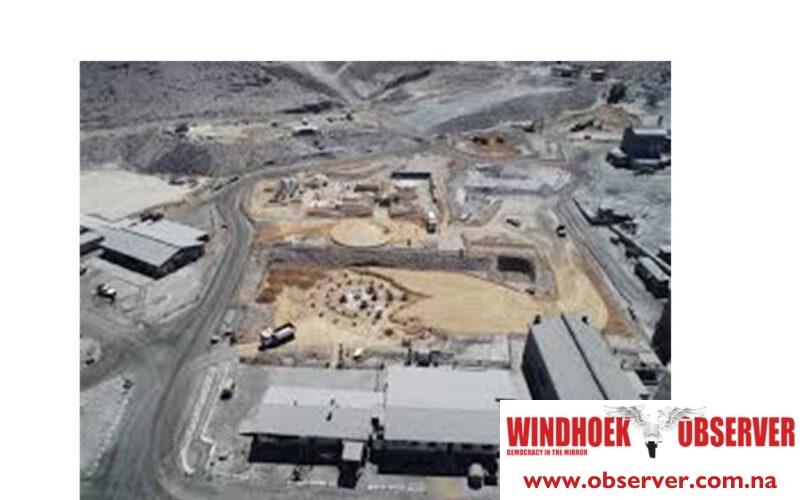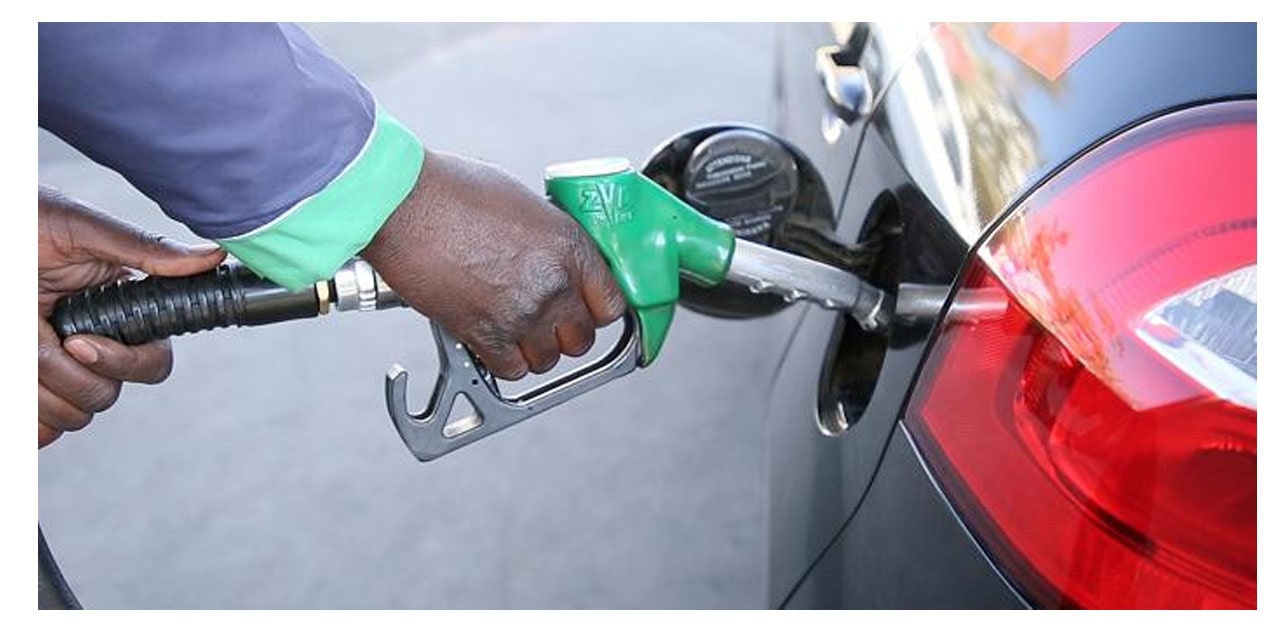CHAMWE KAIRA
The Rosh Pinah 2.0 expansion project is making significant progress and has now passed the 60% completion mark, the mine has announced. The mine is owned by Appian Capital Advisory LLP since 2023.
In 2023, the mine produced 74 605 tonnes of zinc concentrate and 20 265 tonnes of lead concentrate, according to the Chamber of Mines of Namibia figures.
Rosh Pinah said the construction of the paste fill plant is advancing well and is on track for the scheduled commissioning towards the start of the second quarter.
“The installation of the associated underground piping and boreholes for the distribution of the paste to the various stopes is also well on track. Also going well is construction of the water treatment plant to facilitate recycling of the water recovered from both the underground and the paste plant,” the company said.
Furthermore, groundwork and concrete works for the installation of the SAG Mill and floatation cells are moving along at speed. The project update said new production offices and centralised control room have been commissioned and personnel have taken occupation of these state of the art offices.
“A contractor has been appointed for the construction of a new 20km powerline that will supply the additional electricity required for the successful commissioning of Rosh Pinah 2.0,” the company said.
The project will increase mill throughput from 700 000 tonnes to 1.3 million tonnes of ore per annum, increasing zinc equivalent production to 170 million pounds per annum, on average.
According to the Chamber of Mines of Namibia 2023 review, in terms of dust suppression, the mine is making substantial investments in various measures that have been proven effective in operations worldwide.
These measures include the installation of nets over primary dust emission areas and the implementation of rock cladding at the tailings dam.
Rosh Pinah initiated a series of measures aimed at reducing exposure, including the rehabilitation of contaminated soil areas, the installation of dust suppression equipment at key operational sites emitting emissions, and the paving of access roads.




